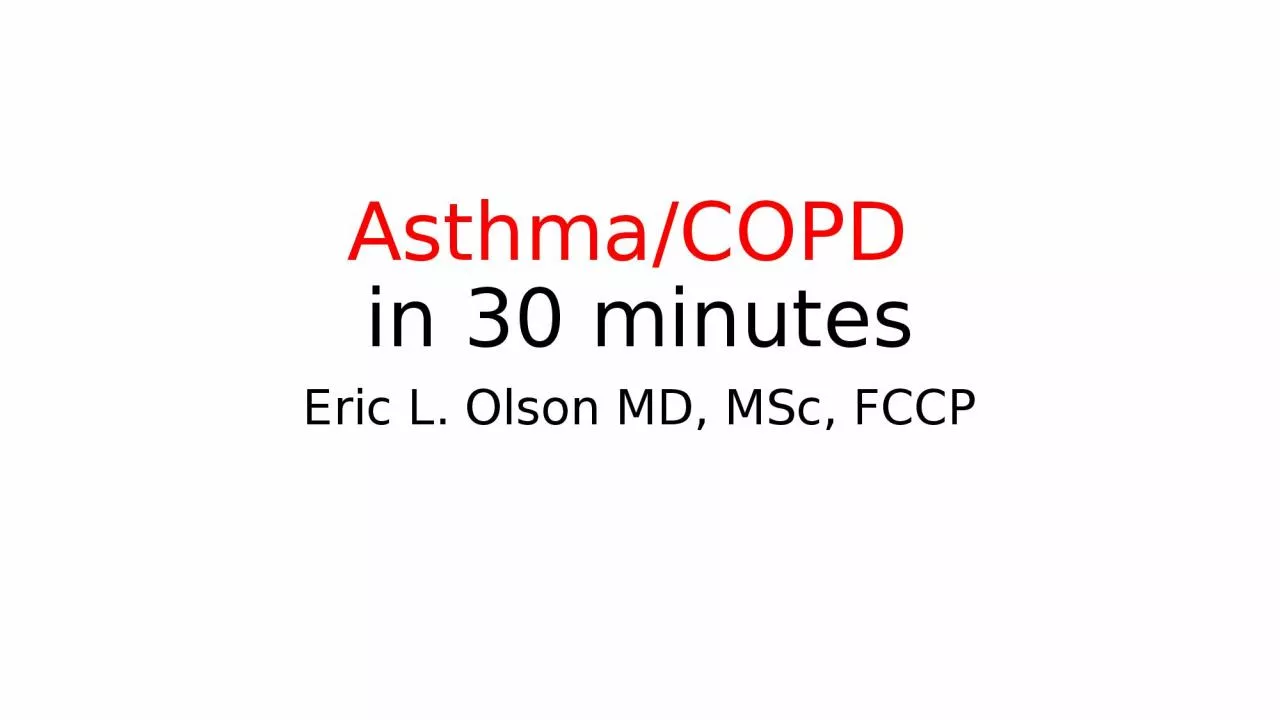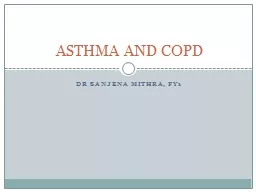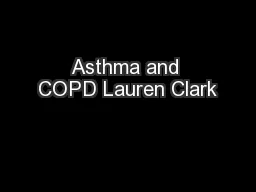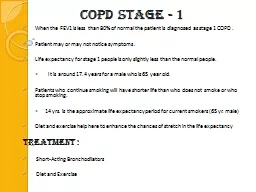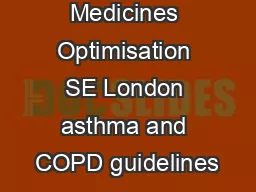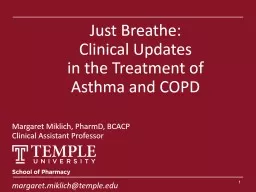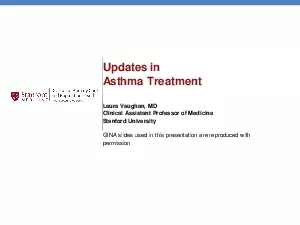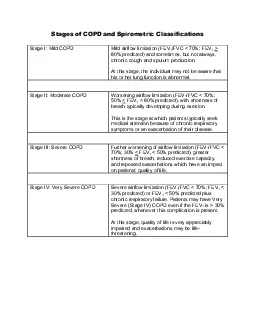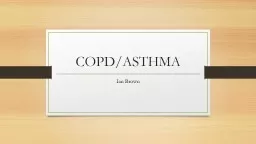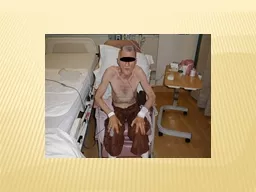PPT-Asthma/COPD in 30 minutes
Author : heavin | Published Date : 2024-02-02
Eric L Olson MD MSc FCCP Definition of Asthma A disease characterized by the following Airway obstruction that is reversible Airway Inflammation Increased airway
Presentation Embed Code
Download Presentation
Download Presentation The PPT/PDF document "Asthma/COPD in 30 minutes" is the property of its rightful owner. Permission is granted to download and print the materials on this website for personal, non-commercial use only, and to display it on your personal computer provided you do not modify the materials and that you retain all copyright notices contained in the materials. By downloading content from our website, you accept the terms of this agreement.
Asthma/COPD in 30 minutes: Transcript
Download Rules Of Document
"Asthma/COPD in 30 minutes"The content belongs to its owner. You may download and print it for personal use, without modification, and keep all copyright notices. By downloading, you agree to these terms.
Related Documents

